You are here
The White Knob Mountains are a high and dry range located between the Lost River Range and the Pioneer Mountains in east-central Idaho. The range is only about 30 miles long and 10 miles wide, yet it offers a great deal of amazing scenery and excellent peak bagging opportunities. There are several peaks topping 10,000 feet, with Shelly Mountain being the range's highest point at 11,278 feet. Including Shelly, four peaks rise to over 11,000 feet and are ranked in the state's list of 100 highest peaks: Shelly ranks 65th, Redbird ranks 67th, Cabin Mountain ranks 74th, and 11,179-foot Lime Mountain ranks 79th.
Because they are situated between two of Idaho's most popular mountain ranges, the White Knobs are often seen but seldom visited. The range's location does have its advantages. Perhaps the best view to be had anywhere in Idaho awaits those who summit White Knob peaks. On clear days no less than seven mountain ranges can be seen as well as the vast Snake River plain to the south.
Another attractive characteristic of the White Knobs is the fact that many of the peaks, including the four 11,000-foot peaks, can be linked together for a long day of scrambling. The 10,000-foot peaks can also be linked for another long day trip. Because of the open terrain, cross-country travel is fairly easy, especially at higher elevations. The most effective route is to start with Shelley Mountain via Sawmill Canyon in the south and then follow the ridge north hitting Redbird, Lime, and Cabin Mountain in succession. Those wishing for a longer day may also continue north to North Cabin Mountain, a smaller sub peak of Cabin. To descend, backtrack to the saddle between Lime and Cabin and follow the gentle and obvious ridge to the lake in the basin below the peaks. From there take the Stewart Canyon Trail from the pass and head back south to where you parked at the base of Shelly in Sawmill Canyon.
Depending on the season, it may be wise to pack an ice ax and crampons as well as snowshoes. The peaks can be climbed in the winter, and this equipment would be necessary at that time. Once the snow melts in the spring they will not be needed.
Access to the range can only be described as difficult. All approaches are long and involve high-clearance, four-wheel drive roads. There are only three maintained hiking trails in the range, but with the increased use of ATVs in the area, many more have been developed illegally. The higher reaches of the mountains remain mostly untouched.
The White Knobs are an extremely geologically complex range of mountains. The peaks are mostly giant piles of crumbling sedimentary rock, but amazingly there are many granite intrusions. Because of the complex geology of the range it is loaded with many valuable minerals. Copper was discovered in the range in 1879. As a result the area has been mined since 1884 and is peppered with abandoned mine shafts, cabins, and equipment.
Regarding one old mining town in the range, Henry Chenoweth submitted the following to a website about the region:
White Knob Mountain was the source of millions of dollars of copper ore early in the 1900s. The first mine to start [was] the village of White Knob [and] was appropriately named the White Knob Mine. In time, the town grew to have stores, a post office, a boarding house, a school and even a theatre. Mining operations were on the east face of the mountain. A large, electric powered tramway was built to haul the ore down the mountain to the smelter and blast furnaces located in Mackay. Later, the Empire Railroad built a narrow gauge track that wound up the mountainside for nearly eight miles before reaching the mines. Most of the railroad grade can still be seen as well as the tram towers.
With outstanding views, four peaks reaching higher than the 11,000-foot mark, and four more above 10,000 feet, the White Knobs should be on every Idaho mountain enthusiast's list.

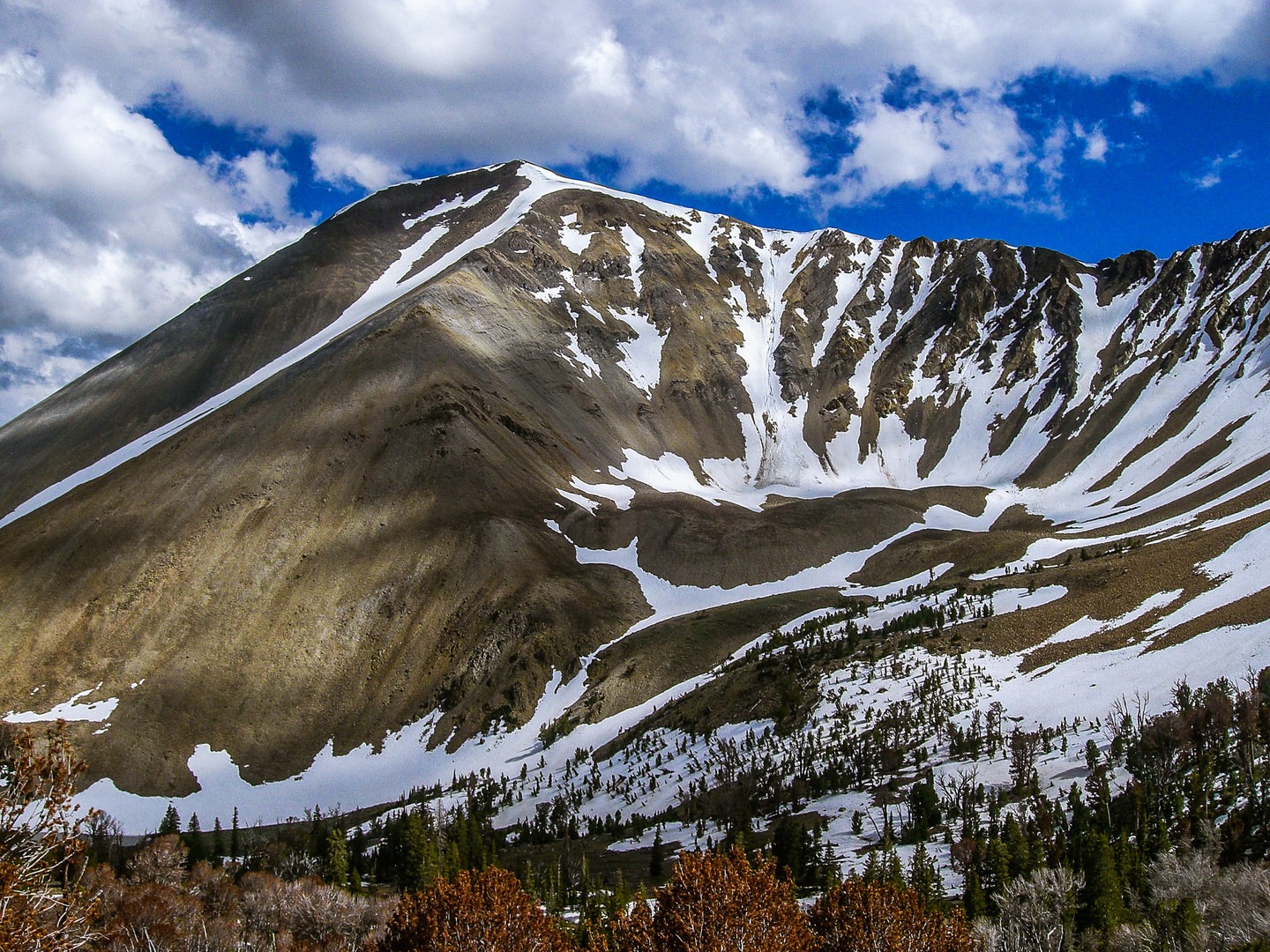
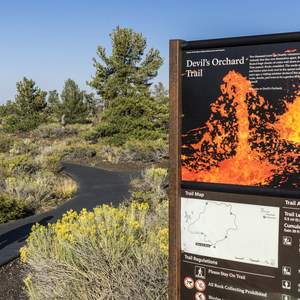
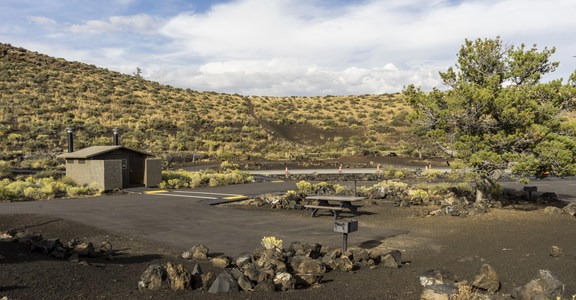
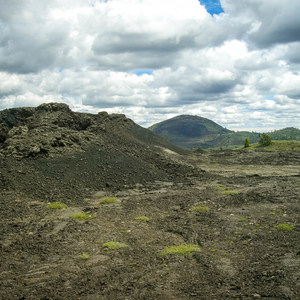
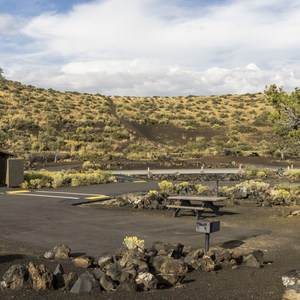



Comments
Sign In and share them.